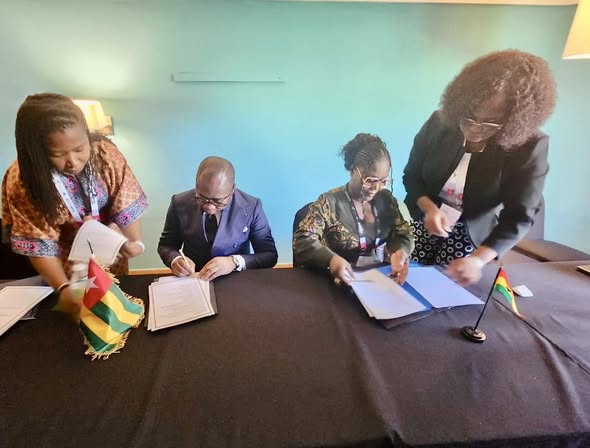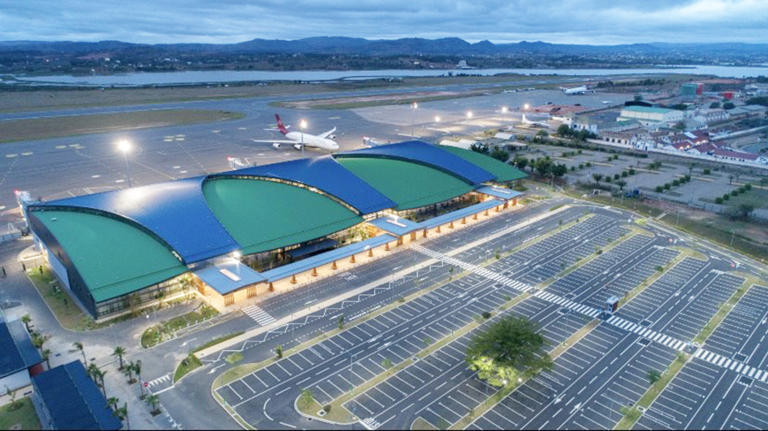by Carlos Kpodiefin
On the sidelines of the recent work of the International Civil Aviation Organization (ICAO) held in Punta Cana, a major diplomatic event has given new, tangible momentum to the pan-African ambition of the aviation sector: the signing of an Air Services Agreement (ASA) between Togo and Ghana.
This bilateral agreement carries particular significance as it comes just after the celebration of the 26th anniversary of the Yamoussoukro Decision (YD), the cornerstone of air transport liberalization on the continent.
Formalizing Openness, Accelerating the SAATM
The agreement was signed by Edem Tengue, Minister Counsellor representing Togo, and Hon. Dorcas Afo-Toffey, Ghana’s Deputy Minister of Transport.
Although the airlines of the two sister nations already enjoyed certain facilitation measures, this agreement formalizes and safeguards their reciprocal traffic rights. It establishes a solid legal framework for their operations while clearly defining the rights, obligations, and flight frequencies on bilateral routes.
A Powerful Driver of Regional Integration
The signing of this ASA is a decisive step toward the materialization of the Single African Air Transport Market (SAATM). As a reminder, SAATM is the African Union’s flagship initiative aimed at deregulating the aviation sector and transforming it into a single market open to cross-border competition. Its ultimate objective is to boost the continent’s socio-economic development by drastically improving intra-African air connectivity.
By strengthening cooperation between Lomé and Accra, this agreement is expected to:
-
Facilitate travel for citizens and businesspeople.
-
Promote bilateral and regional trade.
-
Energize regional integration in line with the goals of the Economic Community of West African States (ECOWAS).
A More Open and Better-Connected Sky
The joint action of Togo and Ghana sends a strong message: West Africa is firmly committed to a more integrated, more open, and better-connected airspace. This is an essential step toward ensuring greater mobility and creating new opportunities for the populations and economies of the subregion.
The hope is that other African countries will quickly follow this example of bilateral cooperation, thereby accelerating the full realization of the SAATM—an initiative crucial to the continent’s economic and social future.






